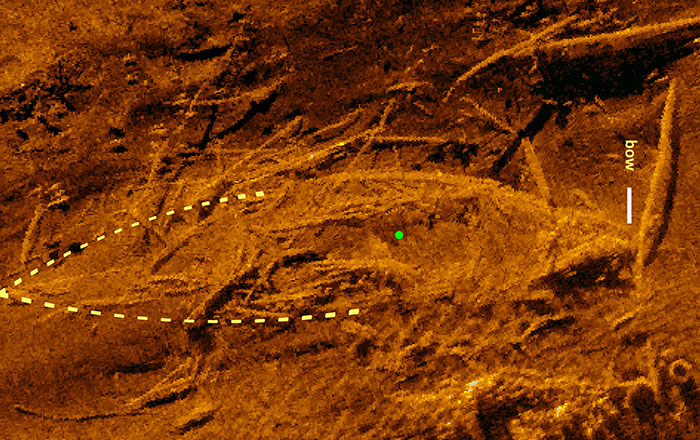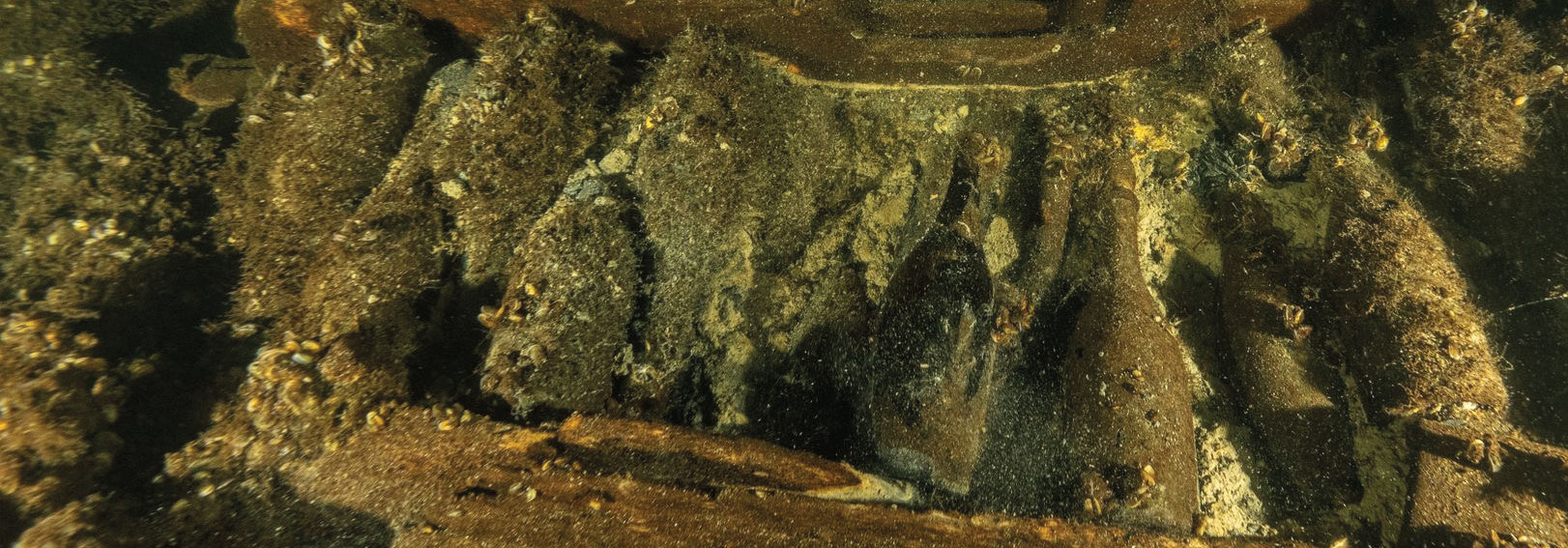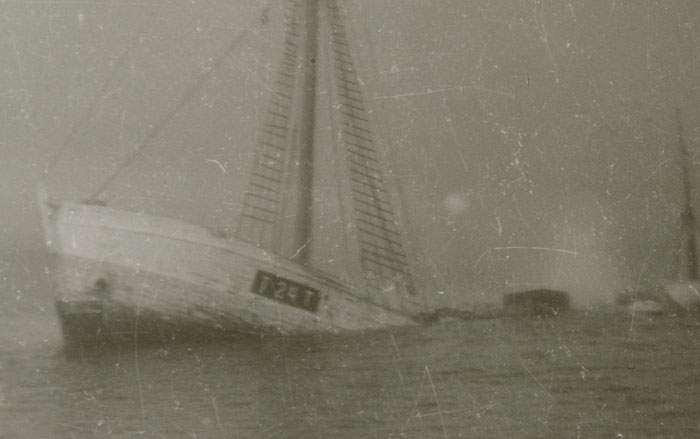MOBILE, ALABAMA—According to a report by the Associated Press, a sonar study shows that at least two-thirds of the Clotilda remains intact in the sediments of the Mobile River. The 90-foot, two-masted wooden schooner carried enslaved people from Africa to Alabama before it was scuttled in 1860, in an attempt to destroy evidence, since the slave trade had been outlawed in the United States in 1808. Maritime archaeologist James Delgado said that the cargo section below deck, where people were held without light or ventilation during the voyage, has survived. “It’s the most intact [slave ship] wreck ever discovered,” he said. “It’s because it’s sitting in the Mobile-Tensaw Delta with fresh water and in mud that protected it that it’s still there.” Further research could show what the hull contains, he added. For more on the wreck, go to "The Case for Clotilda."
Study Suggests Much of the Last-Known Slave Ship Survives
News December 22, 2021
Recommended Articles
Digs & Discoveries September/October 2019
The Case for Clotilda

Digs & Discoveries November/December 2024
Nineteenth-Century Booze Cruise

Digs & Discoveries September/October 2024
Shackleton's Last Try

Digs & Discoveries September/October 2023
Sunken Cargo

-
Features November/December 2021
Italian Master Builders
A 3,500-year-old ritual pool reflects a little-known culture’s agrarian prowess
 (Ministero della Cultura)
(Ministero della Cultura) -
Features November/December 2021
Ghost Tracks of White Sands
Scientists are uncovering fossilized footprints in the New Mexico desert that show how humans and Ice Age animals shared the landscape
 (Jerry Redfern)
(Jerry Redfern) -
Features November/December 2021
Piecing Together Maya Creation Stories
Thousands of mural fragments from the city of San Bartolo illustrate how the Maya envisioned their place in the universe
 (Digital image by Heather Hurst)
(Digital image by Heather Hurst) -
Features November/December 2021
Gaul's University Town
New excavations have revealed the wealth and prestige of an ancient center of learning
 (Digital image by Heather Hurst)
(Digital image by Heather Hurst)


